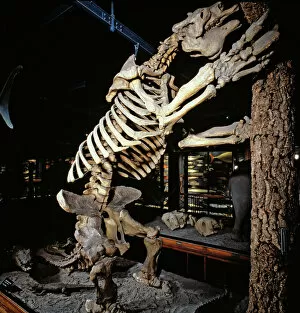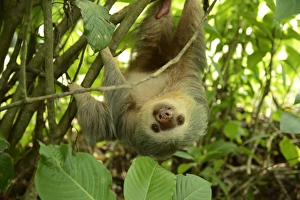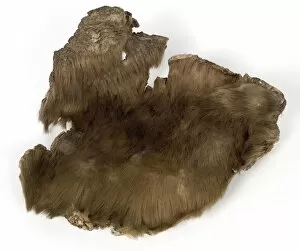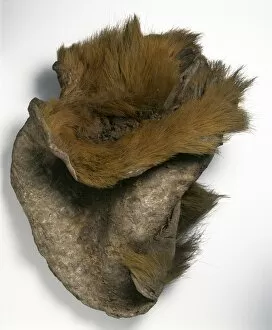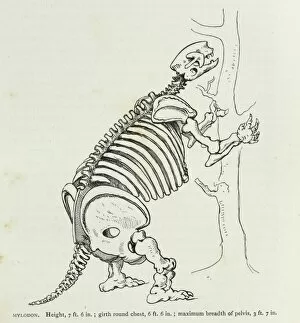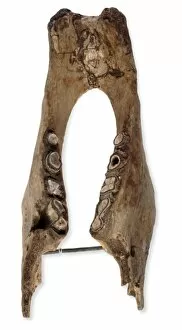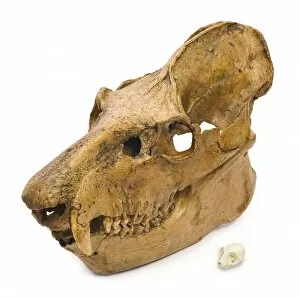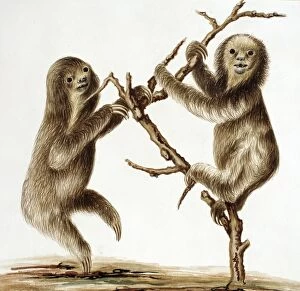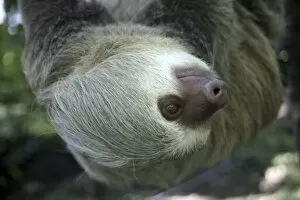Folivora Collection
"Folivora: Unveiling the Mysteries of Megatherium, the Giant Ground Sloth" Step into the prehistoric world and discover the fascinating creature known as Folivora
All Professionally Made to Order for Quick Shipping
"Folivora: Unveiling the Mysteries of Megatherium, the Giant Ground Sloth" Step into the prehistoric world and discover the fascinating creature known as Folivora. Among them, one stands out - Megatherium, the giant ground sloth. With its massive size and unique adaptations, this ancient mammal roamed the Earth millions of years ago. Delving deeper into their existence, scientists have unearthed valuable clues in coprolites or ground sloth droppings. These fossilized remains provide insights into their diet and behavior, shedding light on their ecological role. One such discovery is documented in DDE-90038527 on page 121 of "The Sloth" from 1810-17. This watercolor illustration accompanied by manuscript text captures the essence of these majestic creatures. Transporting ourselves to London Zoo in August 1920 through a black-and-white photograph, we witness a three-toed sloth gracefully hanging from a leafy branch. Its languid movements and serene demeanor captivate our imagination. But it can not limited to three-toed species; Hoffmann's two-toed sloths also mesmerize us with their upside-down tree-hanging antics in La Fortuna, Costa Rica. Central America becomes a playground for these slow-moving marvels. Costa Rica's Golfo Dulce region boasts Cana Blanca Wildlife Sanctuary where folivora find refuge amidst lush greenery. Here they thrive alongside other diverse wildlife that call Latin America home. Examining lemur skulls labeled C016/6150 reveals intriguing connections between distant species across continents. The study of these remnants allows us to piece together evolutionary puzzles spanning vast time scales. Additionally, preserved ground sloth skin (C016/6151) provides an unprecedented glimpse into their physical appearance and texture. Imagine running your fingers over this relic from another era.


